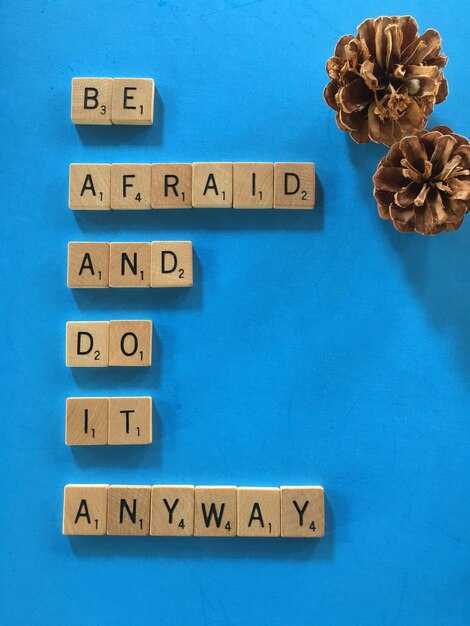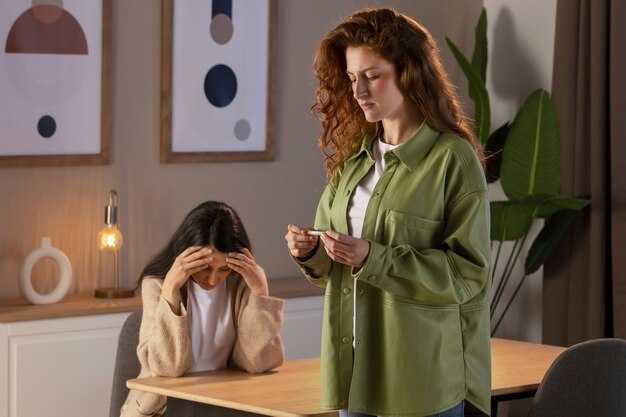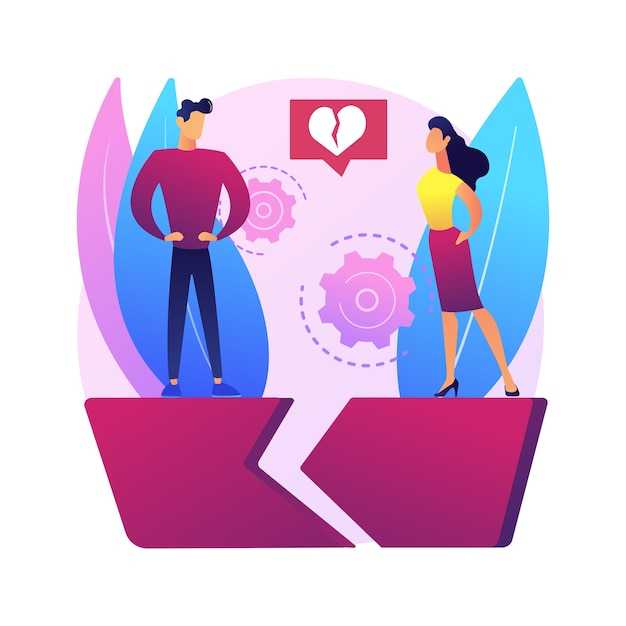Few things feel as isolating as being in a crowd — at work, at home with family, or between friends — and still sensing that you don’t truly fit in, as if you’re watching from the sidelines while everyone else effortlessly knows how to belong. That persistent sense of not belonging isn’t just imagined. It’s one of the most common experiences for people who were raised with neglect or abuse. If this resonates with you, you probably recognize the pattern by now. Other people seem to slide into social circles with ease: they laugh together, make small talk, get invited, and feel included. For you, those same moments feel awkward, forced, or draining. You might clam up and say nothing, or you might overreach, trying too hard to gain acceptance. Either way, you walk away with a hollow ache, convinced you don’t matter to anyone. Sometimes the connections you do form are with the wrong people — ones who don’t share your values, who you don’t even like, or who use, dismiss, or belittle you. That kind of hurt makes retreating seem like the safest choice. You tell yourself it’s better to stay home, keep your distance, and protect yourself for a little while. Maybe it’s one day, a weekend, or even a week, but for many it stretches into months or years. That outsider feeling doesn’t prove you’re inherently different from everyone else. It’s partly the experience of being different, but it’s also a symptom of trauma. It arises from multiple ruptures common in dysfunctional families. If you grew up neglected, you might not have received the consistent affection and care children need for typical neurological development, especially in the systems that build a sense of connection. That can leave delays in how secure attachment is formed. In a household dominated by chaos or high drama, you likely missed out on learning essential social skills: how to trust, how to repair after conflict, how to behave politely, or how to stay part of a group even when feeling awkward. If you grew up with abuse, you learned early that being seen, asking for help, or showing need could bring danger. Sometimes several of these things happened at once. The consequences were visible in childhood — not bringing friends home, being clumsy in social situations, being excluded or bullied — and they can continue into adulthood. Walk into a room now and your nervous system may interpret it as a threat: you pull back, or you cling; you either try to latch on immediately or pretend everything is fine. All of these responses are exhausting and stressful in different ways, which then fuels a stronger desire to withdraw. That doesn’t mean you’re incapable of connection; it means the wounds from childhood can make connecting feel much harder. It’s tempting to believe that meeting the right people, gaining a little confidence, or saying the perfect thing will erase the problem. But belonging usually doesn’t happen accidentally — it’s a skill you build through practice. If you often feel out of place, consider some common barriers that might be getting in the way. First, avoidant habits may need softening. You want friendships, but the thought of socializing can trigger a reflex to cancel, disappear, or stay mute when you want to speak up. This can indicate that you’re dysregulated and using isolation unconsciously to cope. Work on calming and regulating your nervous system. There are many quick, practical ways to do that; a free download with more than a dozen tips is available and can help you re-regulate in under 15 minutes. The link to that resource appears in the top line of the description beneath the video. Second, your heart may not yet believe you belong even if your mind knows you do. You teach your body a new truth by staying connected long enough for that experience to register. Keep practicing presence until your nervous system gradually accepts it as real. Third, allow yourself to be awkward. You don’t have to be perfect or find the ideal words. Awkwardness is part of most human interactions, and showing up imperfectly can be disarming and even endearing. Belonging often grows from authenticity, not polish. Fourth, trauma can distort your social radar. It scrambles your ability to read people and situations: you might overlook warning signs or miss genuine invitations. Start noticing who returns your calls, who includes you, and who leaves you feeling calmer instead of depleted. Lean into those relationships — those are the ones worth keeping. Fifth, shaky boundaries need strengthening. Belonging doesn’t mean admitting everyone into your life. Protecting your time and energy allows you to connect with people who are genuinely capable of caring for you. Clear limits give you the freedom to enter social situations because you know you can set boundaries and step away when needed. Sixth, release harmful relationships. People raised with trauma often have many wounded or unstable people in their orbit. If someone is consistently cruel, manipulative, or unpredictably unstable, let them go. Sometimes that means gradually withdrawing your energy and watching them drift away; other times it requires a more deliberate ending. You can choose how to handle it. Clearing out toxic connections makes room for healthier people to find you. None of these are one-off solutions. Each step chips away at the old outsider identity and slowly builds what could be called connectability — that ease and grace some people seem to have when it comes to friendship. Connectability is the capacity to belong. The practices outlined here are explored in the book Connectability, which is available in the video description. To view it, click the “more” link in the description area to expand the full list of resources and related offerings. The ache of not belonging is common among people whose ability to connect was shaped by trauma. It produces a reflex to hide, withdraw, and expect rejection — a strategy that often protected you as a child but now keeps you away from the very relationships that could help you heal. And this might not be comfortable to hear: limited healing happens in isolation. True recovery from disconnection requires connection. You don’t need perfect bonding or friendships with everyone — just ordinary, gradual human connection that unfolds slowly over time. Those small, regular interactions are enough to begin shifting the pattern. Not belonging isn’t your identity; it’s a symptom that can change. Connection isn’t an all-or-nothing trait — it’s a practice. Some days or hours will feel easier, others harder. Each time you calm your nervous system before socializing, each time you stay instead of fleeing, each time you risk showing up and being seen, you’re exercising a connection muscle. Like any muscle, it strengthens with repeated use. It’s normal to leave interactions worried you messed something up. If you showed up, you did okay. That is how belonging gets built: one encounter at a time, slowly increasing in frequency, depth, and ease until you notice more moments of inclusion. These moments expand, and little by little the feeling grows until the genuine knowing dawns in your heart — of course you belong. If this content resonated, there’s another related video that might help. You’ll find it linked nearby. Remember: many people never had the chance to make mistakes based on their own choices, so making satisfying decisions can feel nearly impossible at first, like nothing seems to fit. [Music]
Practical steps you can try today
- Pre-social 4-step plan: (1) Regulate your body first — 4–6 slow breaths or a 1–2 minute grounding exercise; (2) Set one small intention (e.g., “I will ask one person a question”); (3) Choose a time limit (stay 30 minutes); (4) Have an exit plan (a polite phrase or a prearranged goodbye).
- Quick regulation tools: 4-4-8 breathing (inhale 4, hold 4, exhale 8), 5-4-3-2-1 sensory grounding (name 5 things you see, 4 you can touch, etc.), and progressive muscle relaxation for 3–5 minutes.
- Small social experiments: practice low-stakes interactions — comment on the weather, ask someone where they got their coffee, or offer a genuine compliment. Track what happens and note small wins.
- Observe your social radar: for one month, keep a simple list of who consistently returns messages, who follows through on plans, and who leaves you feeling energized versus drained. Use that to guide who you invest in.
- Build micro-connections: aim for regular, short interactions (a weekly text, a 10-minute walk with a neighbor, joining a recurring class). Frequency matters more than perfection.
Short scripts to use
- Joining a group: “Mind if I join? I don’t know many people here.”
- Starting conversation: “What brought you here?” or “I’m curious — how did you get into that?”
- Gentle boundary: “I can’t take this on right now, but thank you for asking.”
- Stronger boundary: “I’m not comfortable with that. I won’t participate.”
- When you want to leave: “I’ve had a great time, but I need to head out now.”
Daily practices to grow connectability
- Morning check-in: 1–2 minutes to notice how your body feels and set a simple social goal.
- Evening reflection: write one thing that went well socially, however small.
- One kindness: do something small for someone else each week — it builds reciprocity and helps you feel seen.
- Celebrate attempts, not outcomes: rate effort (1–5) rather than whether someone liked you.
Therapeutic approaches and supports
If trauma strongly shapes your social life, consider trauma-informed therapy: modalities like somatic experiencing, EMDR, sensorimotor psychotherapy, or trauma-informed cognitive-behavioral therapy can help re-regulate your nervous system and update relational patterns. Group therapy or peer-support groups offer practice in relationship skills in a safer container. If you’re unsure where to start, a therapist trained in attachment and trauma can help you make a stepwise plan.
When to get immediate help
If you feel overwhelmed, hopeless, or think you might harm yourself, contact local emergency services or a crisis hotline right away. If you’re outside the U.S., your country will have similar crisis resources—reach out; you don’t have to manage this alone.
How to measure progress
- Keep a simple log of attempts (date, context, one sentence about what happened, and how you felt afterward).
- Every 4–6 weeks, review the log for patterns: more attempts, more returned invites, or fewer interactions that leave you depleted are signs of forward movement.
- Give yourself permission to move at your own pace; small, steady changes are the goal.
Remember: healing from disconnection is gradual and often non-linear. Use regulation tools, small experiments, clearer boundaries, and selective relationship investments to create a safer social world. Over time, repeated small experiences of acceptance and safety change your body’s expectations — and that is where genuine belonging begins.


 When You Don’t Belong Anywhere… Do This First">
When You Don’t Belong Anywhere… Do This First">


 If An Avoidant Does These 4 Things, It’s Game Over For Your Relationship">
If An Avoidant Does These 4 Things, It’s Game Over For Your Relationship">
 What To Do When You Don’t Know What You Really Want">
What To Do When You Don’t Know What You Really Want">
 5 Signs An Avoidant Is Secretly Testing You When They Want You in Their Life.">
5 Signs An Avoidant Is Secretly Testing You When They Want You in Their Life.">
 My Wife QUIT Doing My Dishes! || How to push your wife to the breaking point, a step by step guide.">
My Wife QUIT Doing My Dishes! || How to push your wife to the breaking point, a step by step guide.">
 How You Can Reduce the Emotional Intensity, and Protect Yourself From Abuse">
How You Can Reduce the Emotional Intensity, and Protect Yourself From Abuse">
 Watch out for Toxic Red Flags in your Relationship!">
Watch out for Toxic Red Flags in your Relationship!">
 Narcissism vs Avoidant Attachment">
Narcissism vs Avoidant Attachment">
 Why she’s not IN THE MOOD anymore">
Why she’s not IN THE MOOD anymore">
 Do you REALLY care how your PARTNER feels?">
Do you REALLY care how your PARTNER feels?">
 If Marriage and Kids are What You Want, Here’s What to Do">
If Marriage and Kids are What You Want, Here’s What to Do">